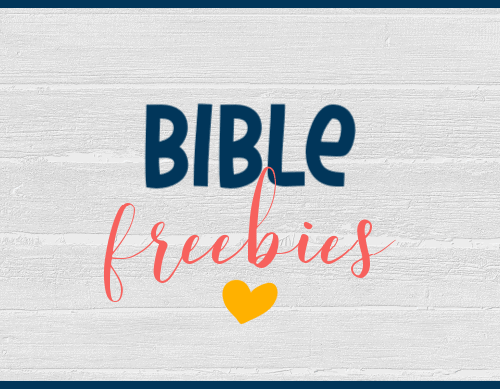If you’re frustrated with trying to find solid Bible curriculum to use in your homeschool, I can totally relate! If your kids are like mine, they don’t need more Bible stories or coloring pages. What they actually need to learn is how to read and study the Bible for themselves.

On the Homeschool with Moxie Podcast our goal is to inspire and encourage you with actionable strategies to take you from overwhelmed to confident in your homeschool adventure. Listen to interviews with amazing influencers in the homeschool world and beyond.
EPISODE #68: Why is Bible so hard to teach in homeschool?
I’ve heard from so many homeschool moms about their trouble with finding a curriculum that teaches kids how to study the Bible.
They want a Word-driven resource instead of offering their kids more fluff and devotional thoughts.
They want to use the Bible itself as the main book instead of a “Bible textbook” written for a classroom.
Inductive Bible studies dig into the actual text of Scripture, taking students through three steps and asking these questions of the text:
- Observation: What does the text say?
- Interpretation: What does the text mean?
- Application: How should this change me?
Resources and ideas mentioned in today’s episode:
- Inside peek into the Psalm 1 Bible Studies
- What is Inductive Bible Study?
- How Inductive Bible Study Supports Active Learning
- Inductive Bible Study Introduction eBook
- Inductive Bible Study Guide
Here’s what we have ready for Psalm 1 Bible Study Lessons:
- Little Fishes Bible Study (grades K-4) – $2, but FREE for you with coupon code LITTLEFISHESFREE
- Self Study Workbook (grades 5-12) – $5
- Self Study Workbook + Video Lesson(grades 5-12) – $8
- Family Bundle: Little Fishes, Self Study Workbook, Video Lesson (grades K-12) – $10
These are all written using the ESV version, but you could just as easily use your family’s preferred Bible version.
Want additional Bible resources? Gain access to our Bible freebies library today!
Episode #136: Homeschool Bible Curriculum for the Younger Years
Many of you are trying to figure out which homeschool Bible curriculum you should use for your younger kids, especially in the elementary years. I get asked a lot for recommendations and advice along these lines, so today’s episode will deep dive into these questions!
Really, my best advice is to steer away from traditional or big box Bible curriculum that is written for certain grade levels. Your kids don’t need Bible workbooks to learn Bible doctrine or how to read the Bible! Here’s a discussion of the main goals in the younger years plus which resource I highly recommend to meet these goals.
Main goals in the younger years:
- The Gospel
- Main Chronology of the Bible (high level overview)
- Scripture Memory + Catechism
- Gentle introduction to reading the Bible in context
Homeschool Bible Resources to help you in the younger years:
- The Biggest Story by Kevin DeYoung
- The Jesus Storybook Bible by Sally Lloyd-Jones
- The Ology by Marty Machowski
- A Peek Inside Our Bible Memory Box (includes a video + FREE Scripture memory cards) inspired by Simply Charlotte Mason
- Write the Word on My Heart by Katherine Pittman – listen in on my chat with Katherine on episode #125
- Little Fishes Bible Studies
- Narration
- Notebooking
- This wasn’t mentioned in this episode, but I’ve since talked with Sally Michael of Truth78, and author of the amazing books for your elementary students – More Than a Story. You can check out my episode with Sally (HWM 143: Gospel Centered Resources for Your Homeschool with Sally Michael) and also get a video peek into her beautiful and deep – yet approachable – books about the Old and New Testaments. I know you’ll want to get them for your homeschool too!
Resources We’ve Used to Teach Bible
I raided our bookshelf and decided to show you the many different resources we’ve used over the years to disciple and teach our kids. For many of these books, they have been the primary “textbook” for homeschool Bible, rather than a big-name publisher Bible textbook complete with workbook. These make great additions to your morning basket and couch time routines with multiple ages together.
Bible Story Books
Let’s start with the best resources for the youngest kids. These books will help give a general chronology and overview of the main stories, characters, and themes of the Bible.
My Favorite Bible Stories is a classic book with vintage pictures. It was published in 1967 and hits almost 50 of the most well-known Bible stories.

The Jesus Storybook Bible is a newer resource that connects those well-known stories to the main thread of Scripture – and that is Jesus. It helps to show how all the Old Testament is pointing forward to Christ and how Jesus fulfills all the longings and promises of the past.

Egermeier’s Bible Story Book is another classic children’s Bible that will give you the main stories that kids need to know.
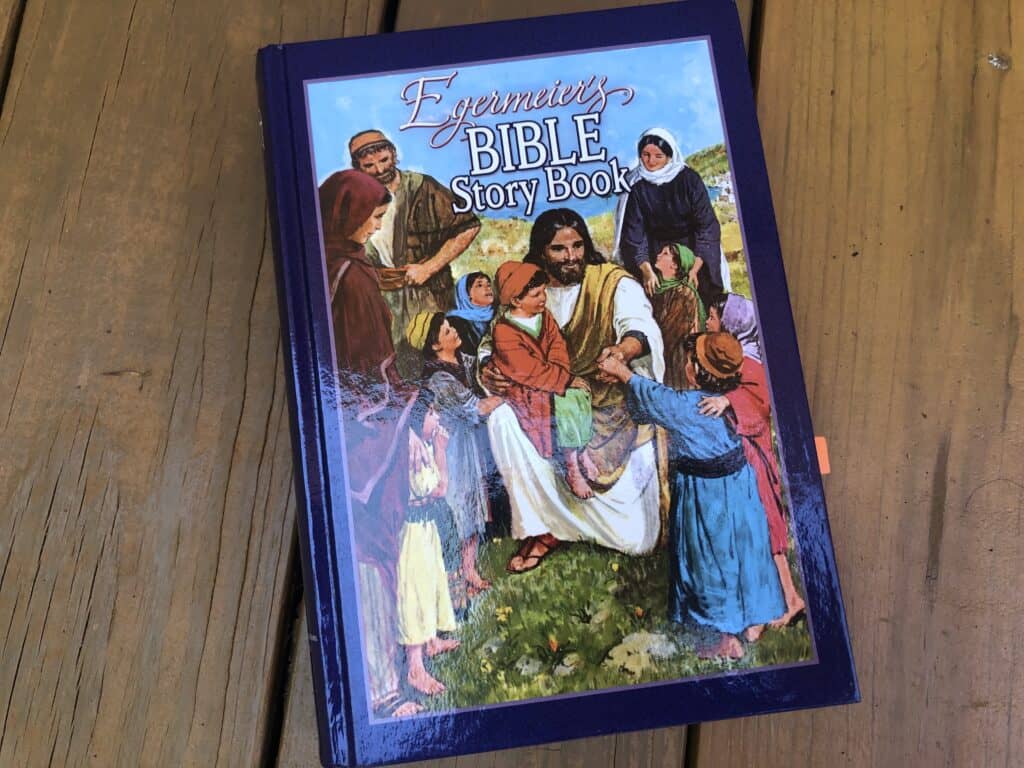
Gospel Overviews of the Whole Bible
Now, when you want to focus more on the Gospel-thread throughout all of Scripture, then these next three resources will give you a more purposeful discussion.
The Gospel for Children walks you through the key verses and points to understanding the Bible. This is not a story Bible – it’s more of an outline or guide. You can use this resource to give you verses to add to your Bible Memory Box.
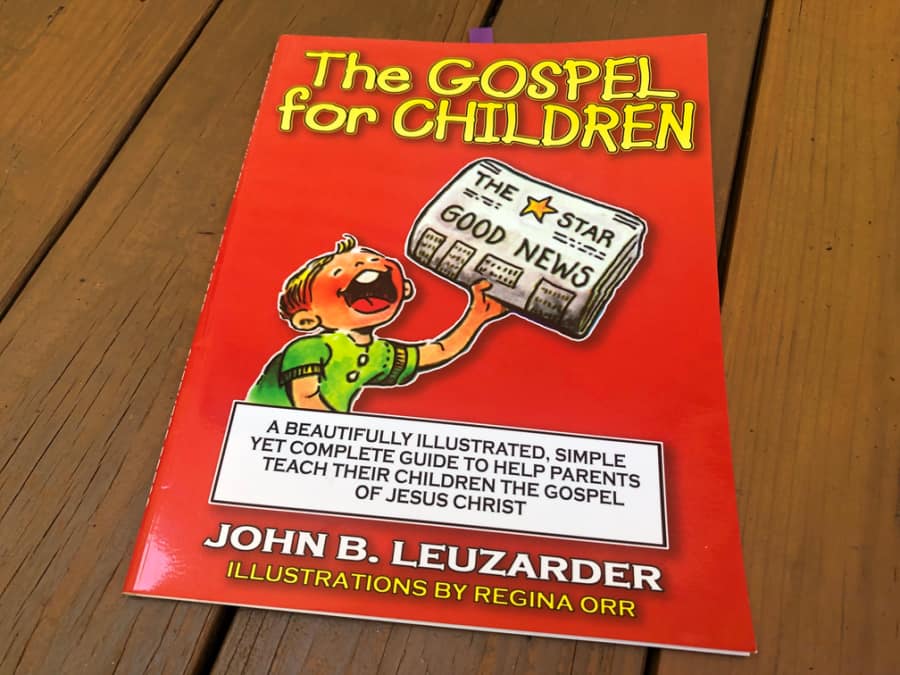
The Gospel Story Bible does a great job at showing how the Old and New Testaments are one big story that culminates in the Father sending Jesus as our Messiah. This is a very important perspective, because unless we connect it all, the Bible stories can feel random and disconnected from each other to our children. This book also includes great discussion questions.
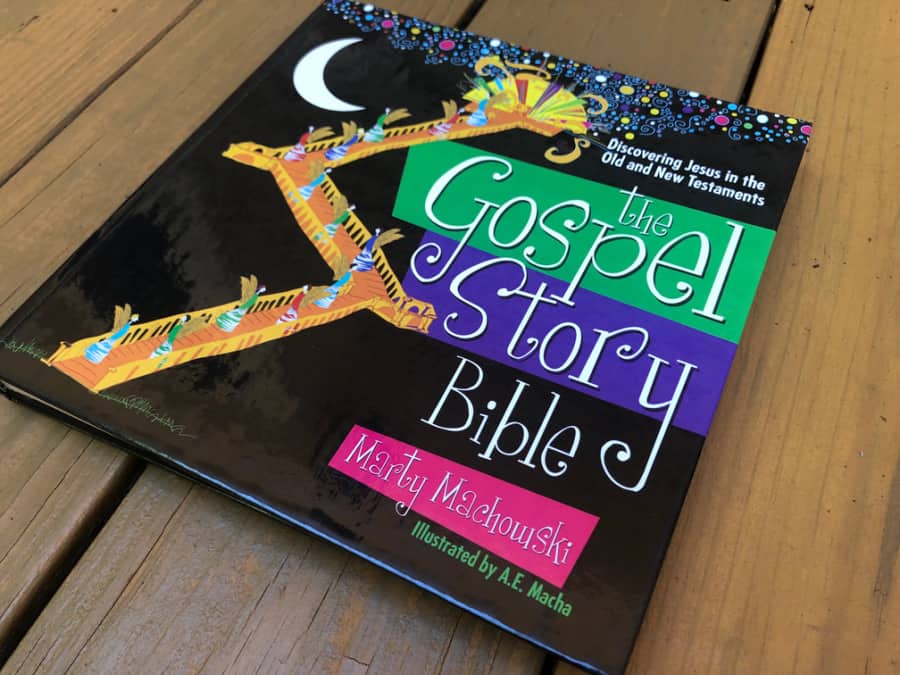
Kevin DeYoung’s The Biggest Story: How the Snake Crusher Brings Us Back to the Garden is another great gospel overview that pulls in all the threads from the Old and New Testaments. It will give you great conversations with your children as they learn to see the big story of the Bible and not get lost in all the individual narratives.
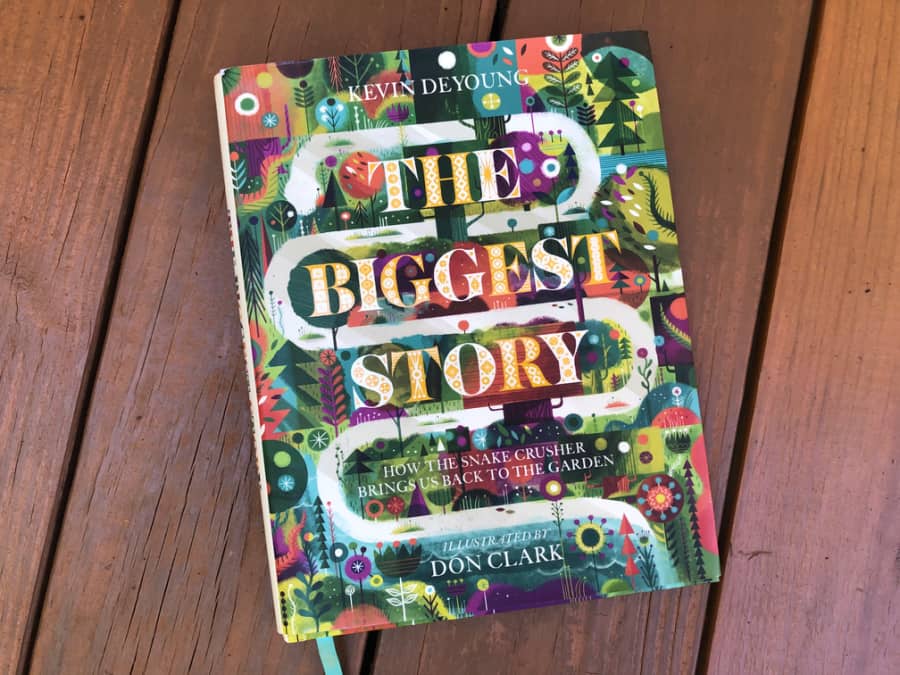
Doctrinal Deep-Dives
Now as your kids get older, you can start to dive specifically into doctrine. These next few resources are for upper elementary or middle school kids.
The Ology teaches through over a dozen doctrines such as Sin, Christ, the Holy Spirit, End Times, and more.
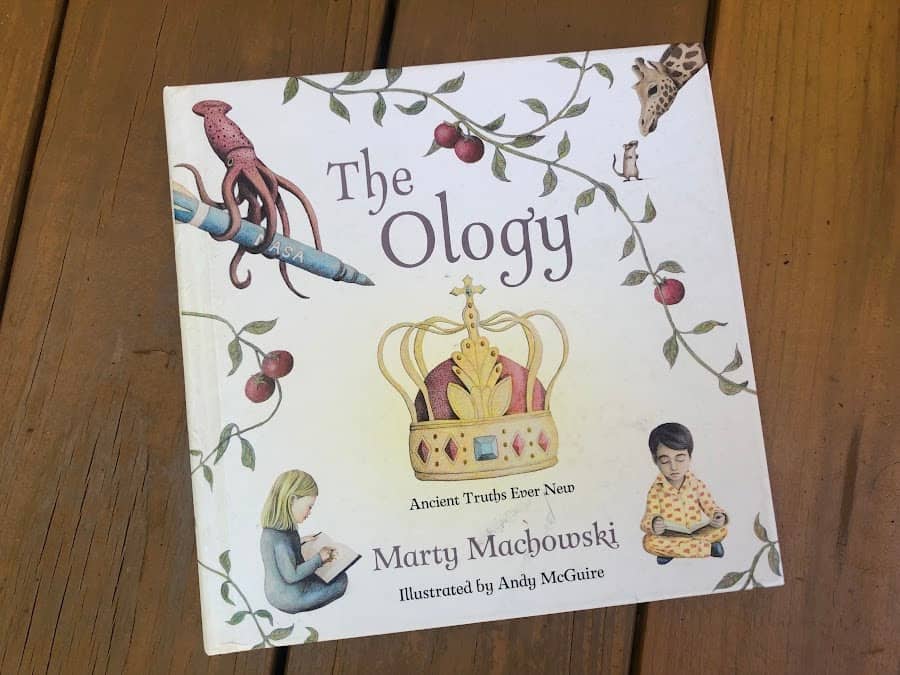
Sally Michael authors these great little books on specific doctrines or themes. We’ve only used God’s Names, but it was very good – and my upper elementary or middle schooler could work on it independently.
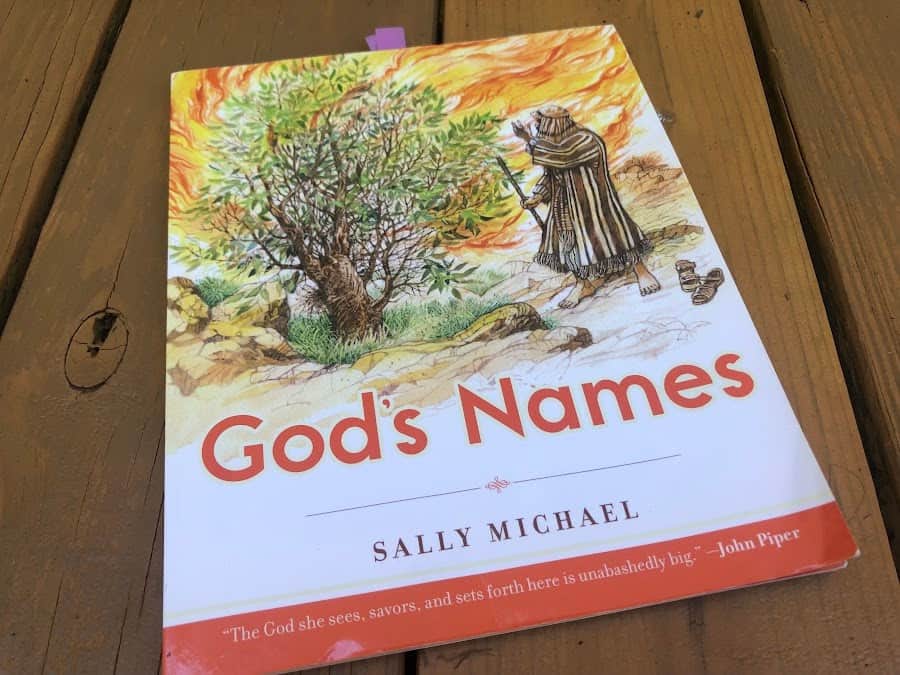
30 Prophecies: One Story is another great resource for your older elementary kids to work through. Each chapter discusses one prophecy in the Old Testament and then how Jesus fulfill the prophecy. It focuses on a scarlet thread of how we can see God’s salvation in prophecy.
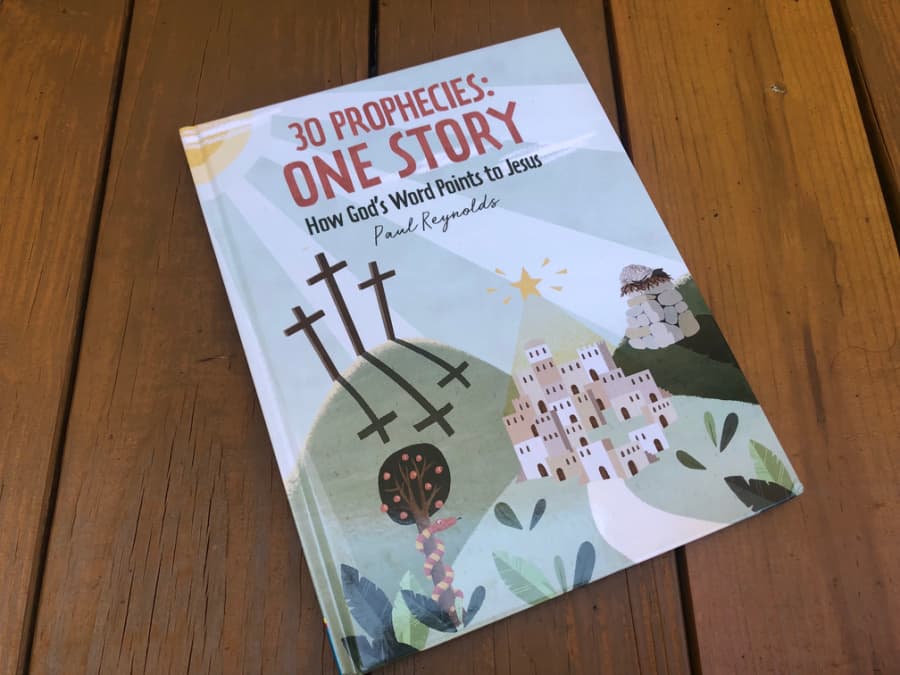
Herein is Love commentaries for children are full of theology, doctrine, how to teach each section of Scripture to your elementary-aged kids. You don’t normally think of studying through the first five books of the Bible with young children, do you?
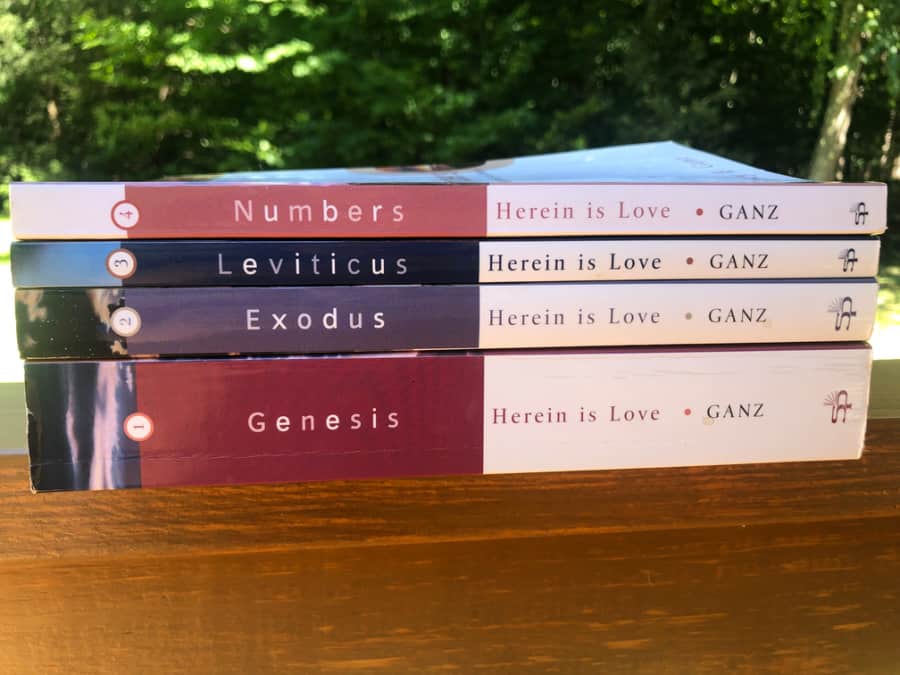
Inductive Bible Studies for Elementary Students
As soon as your children can read, then can start to read and understand the Bible. Yes, you will still want to teach them Bible doctrines, chronology of Scripture, Bible memory, and the like, but you can also give them a gentle introduction to the inductive Bible study method using our Little Fishes studies for K-4.
